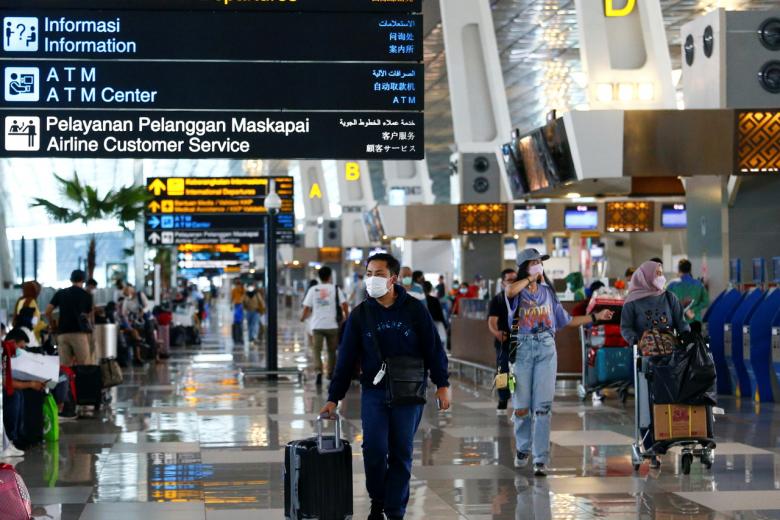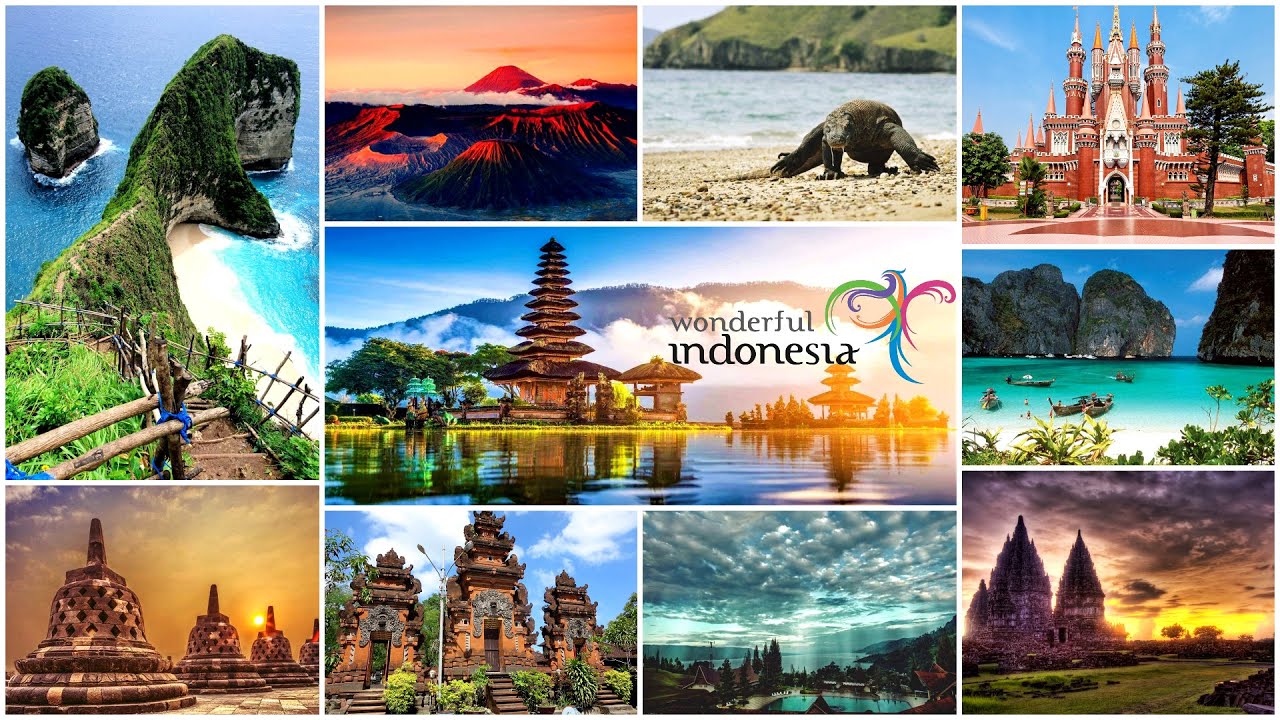The Republic of Indonesia is the largest island country in the world, and within it, we have numerous tourist destinations. Air transport doesn’t just provide connectivity between our islands, it provides trade links and access to goods and services for those in remote communities within the country.
While domestic capacity has surged in many Asia-Pacific markets since the delta variant of COVID-19 subsided, the international rebound is far slower to emerge in this region than in others around the world. Domestic markets continue to be a bright spot for airlines that have strong home networks like Indonesia. Many airlines were badly affected by domestic lockdowns from the middle to the third quarter of 2021, but most travel restrictions have eased in Indonesia. We hope the domestic market will reach 100% of pre-COVID levels by mid-2022.

On the international front, some States have been reluctant to reopen borders because of the pandemic. This situation has made it very difficult for airlines that rely heavily on international and connecting traffic to gain much recovery momentum.
Economy
Aviation-related infrastructure is a major part of urban and rural areas and contributes to the connectivity of populations through integrated transport links. Moreover, the aviation industry connects tourists to remote destinations that rely heavily on their healthy marine ecosystems to drive their economic growth. Seaplanes are now utilized more frequently to support the islands, particularly in the case of tourism.
The Republic of Indonesia has become the first signatory of the Framework Convention on Tourism Ethics, the landmark instrument created to ensure global tourism is fair, inclusive, more transparent, and works for everyone. It was hailed as a “big step forward” towards introducing a universal, legally binding ethical code for tourism, one of the world’s most important socio-economic sectors.
 In Indonesia, we developed a Creative Tourism Model based on a shift that we saw in the pandemic where tourists preferred to visit smaller destinations like islands, as opposed to mass tourist destinations that are concentrated in larger areas. Creative tourism is a new generation of tourism that brings together tourists and locals to create opportunities to visit distinctive destinations. The demand factors make the tourist feel needed, while supply factors provide tangible benefits. Specific tourism infrastructures with unique local offerings, arts and crafts will be established at popular destinations.
In Indonesia, we developed a Creative Tourism Model based on a shift that we saw in the pandemic where tourists preferred to visit smaller destinations like islands, as opposed to mass tourist destinations that are concentrated in larger areas. Creative tourism is a new generation of tourism that brings together tourists and locals to create opportunities to visit distinctive destinations. The demand factors make the tourist feel needed, while supply factors provide tangible benefits. Specific tourism infrastructures with unique local offerings, arts and crafts will be established at popular destinations.
With a 30 % increase in tourist arrivals in 2021, the new tourism phenomena will be the driving force to create more opportunities and help us recover the aviation-related jobs that were lost during the pandemic. Aviation-supported tourism plays a vital role and is worth noting that it can provide opportunities for economic activity at the local level, including high proportions of women and youth participation in remote areas.
ICAO
Aviation is on the cusp of facing a third year dealing with the Coronavirus pandemic. The challenges have been relentless, ranging from new variants of the virus, to shifting government policies on travel restrictions and testing. The impact on customer confidence and on the airlines’ ability to plan and operate predictable schedules, has affected revenues and finances severely.
The implementation of globally harmonized recommendations developed by the ICAO Council Aviation Recovery Taskforce (CART) helped us take steps forward through the launch of supporting initiatives for airlines and airports by IATA and ACI, respectively. CART recommendations provide wide-ranging recommendations to States and industry stakeholders and are underpinning the coordinated and safe reopening of commercial air services.
Furthermore, the United Nations World Trade UNWTO and ICAO strengthened their partnerships with the aim of supporting the safe restart of travel and tourism and accelerating the two sectors’ shift towards greater resilience and sustainability. It is important to work with governments to sustainability and innovation in aviation and tourism, the strong interdependence between these two sectors must be recognized.
The United Nations World Trade Organization (UNWTO) has confirmed tourism and air travel are essential pillars of growth and opportunity, most notably for developing countries and communities. As air travel resumes and tourism restarts, both sectors must collaborate to support the livelihoods of today, and to build a more resilient and sustainable future.

Air Transport
Because of its unique geography and accessibility challenges, Indonesia increased seaplane operations in improving safety and supporting a strong civil aviation sector that can promote and sustain social and economic progress through responsible tourism, which is one of the major economic drivers.
In addition to providing skilled and often high-value employment opportunities, aviation supports key areas of economic development through the connectivity it provides. It is projected that the global airline revenue for 2022 to reach $432 billion in the baseline recovery scenario, representing 65% of 2019’s revenue. By the end of the year, global air travel demand could therefore, recover to 84% of 2019 levels in the baseline.
Indonesia confronted its most severe challenge since the 1997 Asia financial crisis and with the right reforms, will harness the energy and talents of its young population and get the aviation moving forward again. The aviation industry and tourism will continue to make a real difference to the lives of millions of people by driving growth and job creation.
![]() About the author
About the author
Dr. Afen Sena is a Transportation Attache and the Alternate Representative of Indonesia to ICAO. He has served at operational and management levels in air traffic control, pilot services and training in Indonesia and has a Doctorate of Education (EdD) focused in Education Management from the State University of Jakarta.


